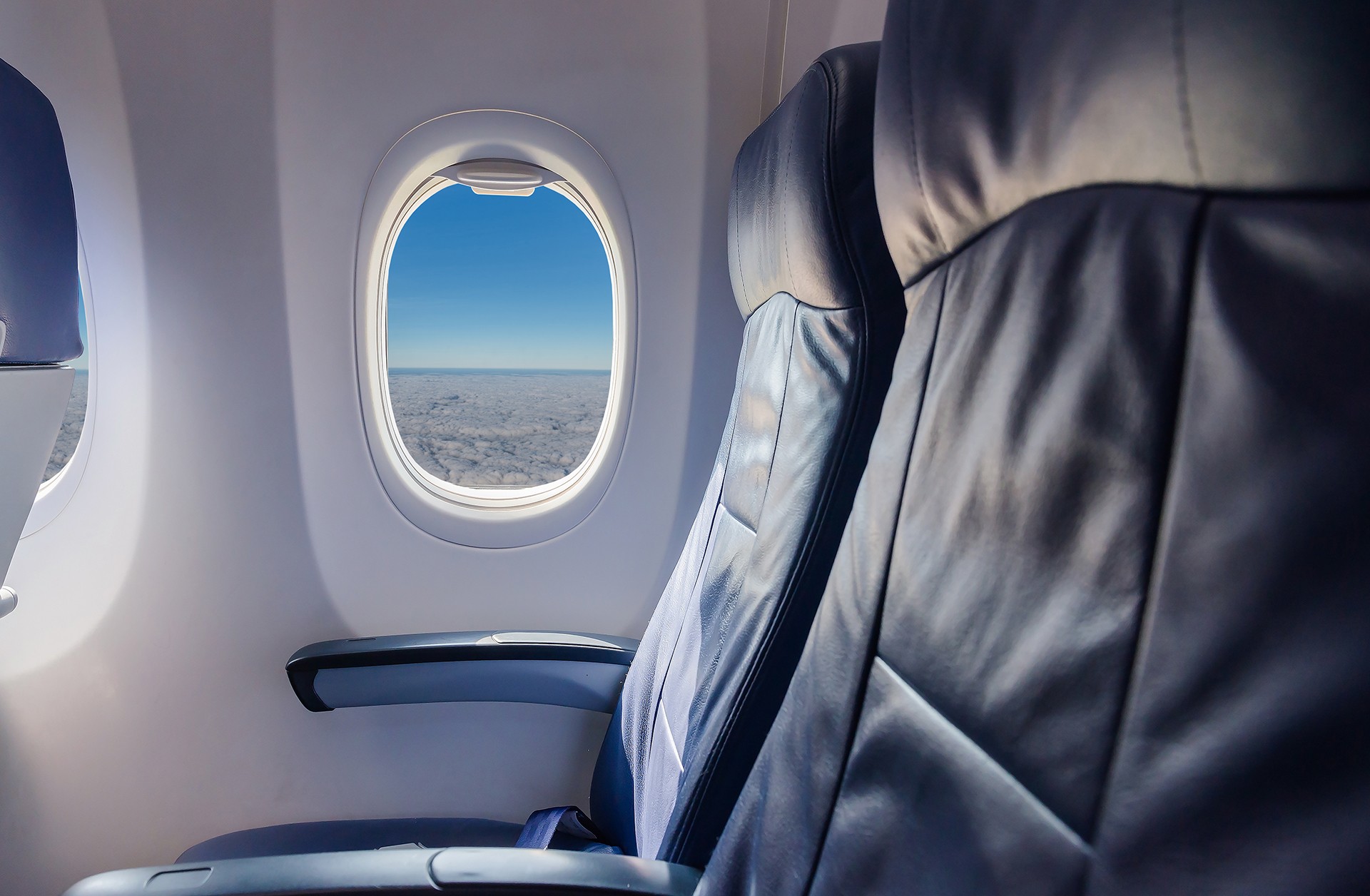As the world races to roll out mass vaccination programs to combat Covid-19, analysts say more carriers will likely go bust this year and pre-pandemic demand won’t be returning anytime soon.
But there could be one bright spot: Low-cost airlines that mostly fly domestic routes could recover faster than their larger, full-service counterparts.
More airlines could go bust
“There will be failures due to lack of ‘oxygen,’” Peter Harbison, chairman emeritus of consultancy firm CAPA – Centre for Aviation, told CNBC by email. “Consolidations are too hard outside domestic markets, so failures are more likely.”
According to travel data company Cirium, 48 airlines failed in 2020.
Last year, governments stepped in with “gravity-defying support” to keep airlines afloat, through a combination of direct funds and job support programs, Harbison explained.
“Cash flow is increasingly critical and all airlines are still burning through large amounts of it,” he said, adding that at this time of the year, airlines typically accrue cash from advanced bookings for spring and summer.
“But thanks to the status of infection levels in many countries and the continuing likelihood of border closures/quarantine, there’s reluctance to book ahead even despite super cheap fares and generous change/refund conditions,” Harbison said. “There are lots of variables, but I don’t think the necessary cash is going to flow in much before mid-2021, even if then.”
CAPA’s prediction is that pre-pandemic levels of air travel will only be achieved in 2025 due to prolonged uncertainty around recovery, compounded by a severe drop in business travel and far fewer international seats flying.
Low-cost carriers may survive better
Industry experts say low-cost carriers serving local or regional markets may have a higher chance of survival compared to full-service intercontinental carriers. That’s likely due to international borders staying closed in the near term and fewer business travelers.
Shantanu Gangakhedkar, a consultant at Frost & Sullivan, said there’s been some recovery on domestic routes in the Asia-Pacific region. “I believe airlines that have a strong presence in domestic operations are comparatively better positioned, at least till the time border restrictions are lifted,” he told CNBC in December.
Gangakhedkar said low-cost carriers have an advantage over their full-service counterparts because they have lower operational costs and their fleet largely consists of single-aisle aircraft that are suitable for domestic routes.
Asia-Pacific airlines will face overcapacity for “at least a couple of years,” and that could lead to consolidation among carriers as well as aircraft lessors and suppliers, said Joanna Lu, Asia’s head of consultancy at Cirium.
“It’s critical for airlines and the whole supply chain to adjust to serve a smaller industry and prepare for very different market demand,” she told CNBC last month…



